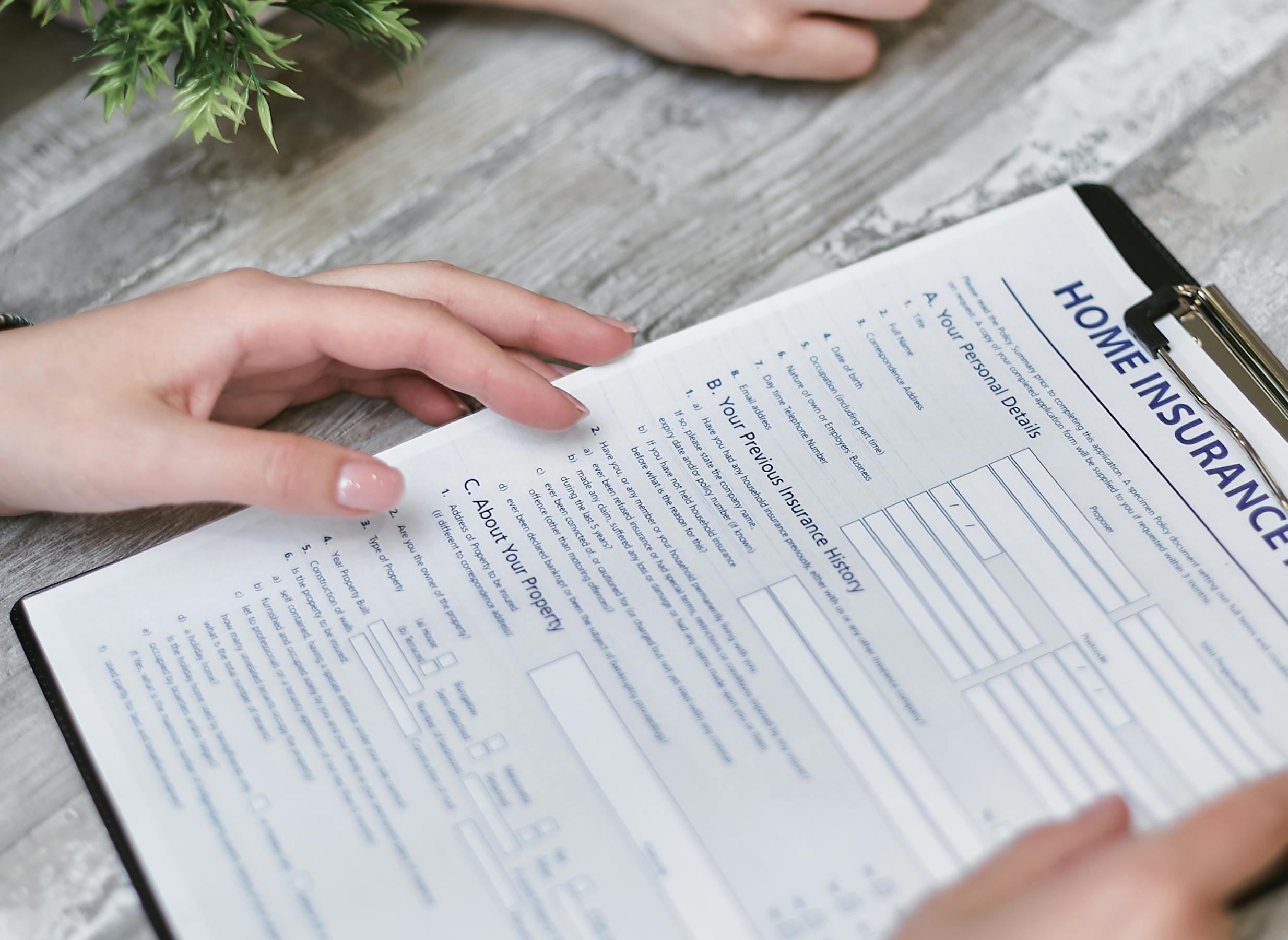Understanding Your Next Steps After a Car Accident in California: A Guide for Drivers
Accidents on the road can be stressful, especially when the other driver doesn’t provide complete information. If you’ve recently experienced a minor collision and are feeling uncertain about what to do next, you’re not alone. Here’s a professional overview to help you navigate the aftermath of a hit-and-run incident and ensure you’re taking the right precautions.
Scenario Overview
Recently, I was involved in a minor collision at a stop sign, where an adjacent vehicle pulling out of a parking space accidentally struck my car. The impact damaged the front passenger side door, specifically around the middle of the vehicle.
Initial Response
Upon the incident, I contacted the local authorities. They informed me that if no one was injured, police attendance is typically unnecessary. We exchanged contact information and took detailed photographs of the damage, capturing both my vehicle and the other driver’s car, including their license plate.
While I shared my insurance details and driver’s license, the other driver has since ceased communication, making it challenging to gather additional information.
Insurance Claims and Next Steps
After returning home, I promptly filed a claim with my insurer, Geico, to begin the damage assessment process. However, there are several lingering questions regarding the appropriate course of action:
-
Should I continue attempting to contact the other driver for additional information?
While persistent communication might seem reasonable, the key is whether you already possess sufficient details to proceed with your insurance claim. Typically, license plate, photographs, and a police report—if applicable—are adequate. -
Is it advisable to file a police report for a hit-and-run?
In California, a police report is generally recommended if there are injuries or damages exceeding $1,000. While I’m experiencing neck and back discomfort, it’s uncertain whether these symptoms qualify as injuries or if the damage amount surpasses the threshold. Remember, reporting within 10 days is required in the state. -
Does the visible damage indicate costs exceeding $1,000?
Assessing whether the repairs will cost more than this amount depends on the extent of the damage. A professional inspection or repair estimate can provide clarity. -
What are the potential next steps?
It’s important to stay in contact with your insurer for guidance. They can advise on repair estimates, whether they will cover the damages, and any additional actions you should take. Patience is key, but



